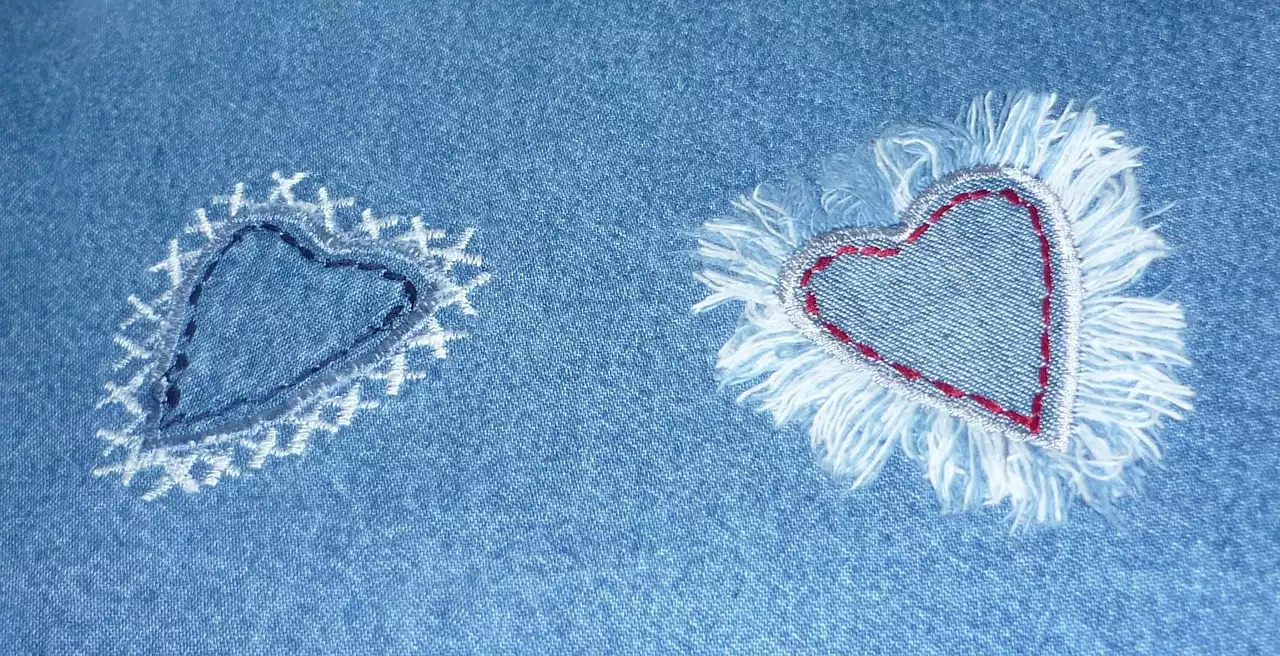Blue jeans are a staple of many people’s wardrobes. They are also an example of fashion that comes from somewhere, rather than just appearing out of nowhere. This article looks at the history of blue jeans and how they became so popular. Blue jeans are a type of trousers made from denim (a type of sturdy cloth) in which the warp (or outer layer) is blue and the weft (or inner layer) is white. They were originally called ‘blue serge’ or ‘bleu cetan’ because of the color, not because they were necessarily made with that twill weave. In fact, the exact origins of when and where blue jeans first appeared remain somewhat mysterious. However, there are some records and stories that give us some insight into their history.
1830s: The Origins of Denim
Denim has been around since the 1830s, but nobody knows whether it was originally made into pants or if it was used for something else. We do know that it was used for some things other than pants, such as bags and sails. And we know that it was once dyed blue, although we don’t know how common that was or what the blue dye was made out of. There are several theories about the origins of the word ‘denim’, the most popular of which is that it comes from the French word ‘serge de Nimes’, which was an early type of denim that was made in the French city of Nimes. This theory is supported by the fact that ‘serge de Nimes’ has a similar meaning to modern denim: it’s a coarse, sturdy type of cloth.
1850s: Levi’s was born
In 1853, Levi Strauss and Jacob Davis received a patent for a new type of blue pants. These pants were double-weaved, with two layers of fabric on the outside and one layer on the inside. This gave them more strength than the single-weaved pants that were fashionable at the time. As many people traveled westward during the California Gold Rush, this new type of pants helped them to be more durable and more comfortable on their long journeys. During the same time, the Industrial Revolution was beginning in Europe and North America, which led to the creation of many large factories that used machines to make cloth. One of the biggest customers for these new factories was the U.S. Army. Because of this, Levi Strauss and Jacob Davis saw their business boom during the Civil War.
1900s: The First Blue Jeans
In the early 1900s, blue jeans were not the standard type of pants that we know today. They were only worn by people who worked with them (such as miners, ranchers, and farmers). At the start of the 20th century, blue jeans were only worn by poor people and by people who worked in the fields or the mines. As the 1910s approached, blue jeans were still not a conventional item of clothing. They were, however, slowly becoming more popular, and they did catch the eye of one famous fashion designer: Coco Chanel. She disliked the fact that blue jeans were only worn by poor people, and she was sure that only poor people would ever wear them.
1920s and 1930s: The Jazz Age
Although Chanel disliked blue jeans, the 1920s were an era of social change. This change was strongly reflected in fashion. In the 1920s, pants began to be worn by more and more people, not just people who worked in fields or mines. And blue jeans were a big part of that change. During the 1920s, many famous artists and musicians wore blue jeans. This included people like Clara Bow, Bing Crosby, and Gene Kelly. During the 1930s, blue jeans were worn by even more people. And in the early 1930s, blue jeans were advertised for the first time. The ads were for Lucky Strike cigarettes. They featured a woman named Betty Boop, who was drawn in a very sexy style. The ad mentioned that ‘the Lucky Strike girl wears blue jeans’, which made blue jeans even more popular and gave them the ‘hip’ factor that they needed.
1940s – 1980
As the 1940s approached, blue jeans were very popular and worn by many different types of people. However, during the Second World War, blue jeans were actually discouraged, as the U.S. government claimed that they were a ‘poor man’s uniform’ and that wearing them might be a sign of being pro-German. After the war, blue jeans were worn by more people than ever before, and they evolved from being workwear to being casualwear. During the 1950s, blue jeans were often worn by jazz musicians. And as rock and roll music grew in popularity, blue jeans became even more common. In fact, they were worn by pretty much everyone.
1990 to the present day
Since the 1990s, blue jeans have changed very little. They are still the same type of pants made from the same fabrics. They are still the same color. They are still the same casualwear for casual settings but there are many different styles available.


 The Benefits of Stacking Rings for Babies
The Benefits of Stacking Rings for Babies
 Keratin Treatments to Straighten Hair
Keratin Treatments to Straighten Hair
 Keeping a Fishing Spider at Home
Keeping a Fishing Spider at Home Why Are Jeans Such a Fashion Staple?
Why Are Jeans Such a Fashion Staple? Most Popular Jeans Styles for Men
Most Popular Jeans Styles for Men How Skinny Jeans Became So Popular
How Skinny Jeans Became So Popular Current Jeans Trends in 2022
Current Jeans Trends in 2022 How Have Jeans Changed Over the Decades?
How Have Jeans Changed Over the Decades?